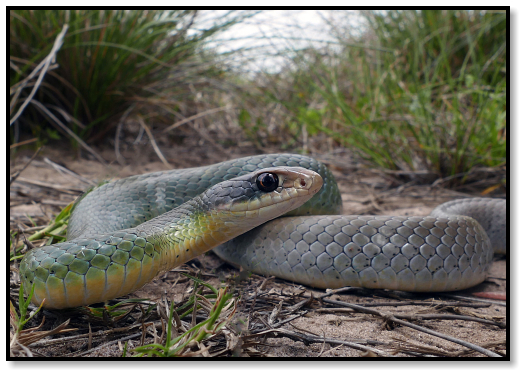

TEXAS
April 2017

3 of 6


TEXAS
April 2017


3 of 6
The armadillo theme continues next morning, in its more sedentary form. Getting back to real herps, our first
flips of the day uncover these non-native lizards.
Leaving trash sites, we trek into the coastal prairie, looking for snakes in more natural habitat.
Darin quickly finds our first one, an unexpected species, unexpectedly on the crawl.
Finally, an adult Plain-bellied up-close.
Surprise!
For some reason, herpers are just drawn to flowers with fangs.
Darin sweeps through the grass and comes up with a superb snake. Yeah, I know they’re common and no big
deal for the locals, but when all your Racers are black, it’s a treat to see one in shades of color.
Travel time again. We spend all afternoon on highways, passing refineries and industrial megafauna.
Arrive at our motel before dark, pleased by the welcome sign. We check-in, scarf down BBQ, and start driving
around, pausing at places like this culvert, where you’re not supposed to go in the water, because, well, you know,
there might be snakes and alligators.
Not too much during daylight, but by nightfall we begin to encounter snakes. Unfortunately, they’re all dead on
the road, causing me to question the truth of certain signs. While I fully agree with the philosophy, I have serious
doubts about the reality. And then, just as I conclude it’s all conjecture, out comes this Copperhead to prove the thesis.
Of course, this only serves to stir up fierce competition from the Copperhead’s arch-rival, the mighty Marsh
Brown Snake, who refuses to yield numerical superiority, despite its metaphysical inferiority (no signs for them).
Time for a toad. As the DORs keep piling up
― Watersnakes, Moccasins, Copperheads, Ribbons ― it’s good to
find a live herp on the road.
Well after midnight we stop again at the culvert. Darin leans over the concrete catch basin, scans with his
flashlight, and spots a pair of young alligators waiting in ambush for something to come over the spillway. He’s sorely
tempted to take off his shoes, climb down into the water
― where you’re not supposed to, because, well, you know ―
and go all Steve Irwin. But his mature adult judgment prevails. That is, until he sees the snake.
It’s floating coiled in a corner, dipping now and then beneath the surface, probing vegetation and crevices,
probably foraging for fish. From what we can see, it looks like a Mississippi Green, another lifer spotted from above,
just out of reach in the water below, like those first Plain-bellied Watersnakes.
That’s it for Darin the grown-up. The kid comes out, shoes come off, and down he climbs into the water. We
train our beams on the snake, which tries to avoid the light, swimming for the darkness of the culvert’s tunnel. Darin
makes a grab before it escapes, and I bag our prize for photos and release the next day.
Meanwhile, in all the commotion, one gator has gone away, but the other is still there, hoping not to be noticed.
“Well, as long I’m in here,” Darin decides, “might as well go for it.” He approaches slowly, pounces quickly, and
up comes the kid, grinning with his first-ever alligator in hand. Ever the man, but long live the boy.
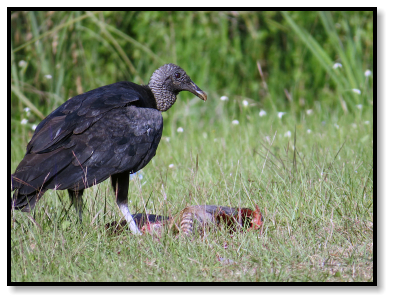
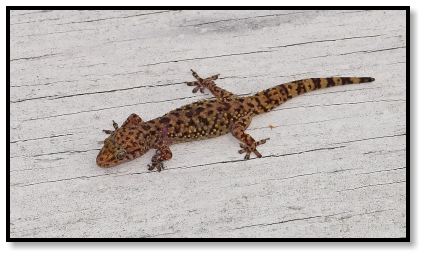
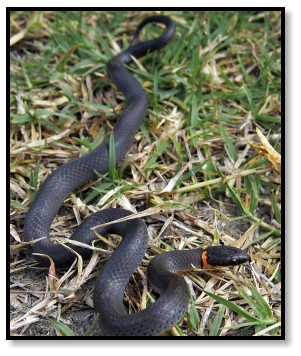
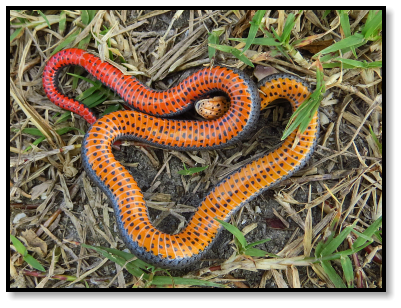
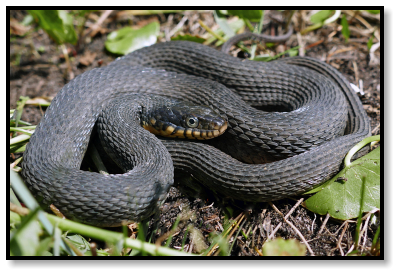

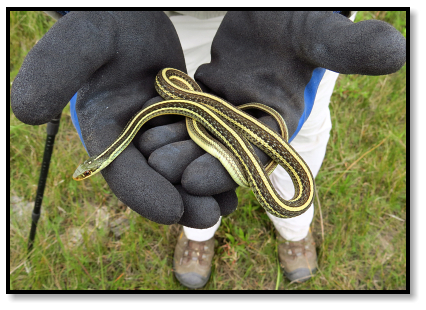
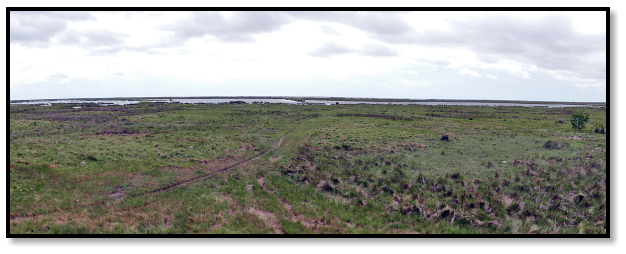
Mediterranean House Gecko
Hemidactylus turcicus



Mississippi Ringneck Snake
Diadophis punctatus stictogenys

Gulf Coast Ribbon Snake
Thamnophis proximus orarius
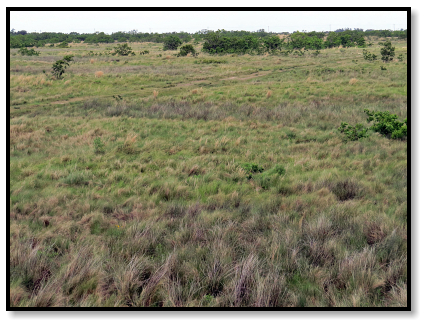
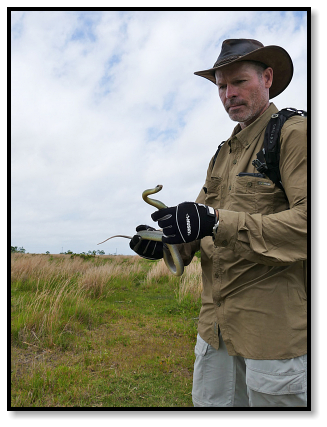

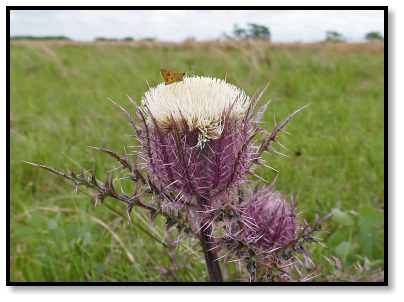
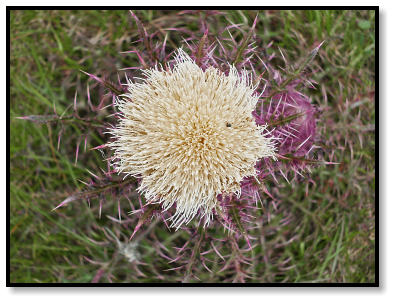
Eastern Yellow-bellied Racer
Coluber constrictor flaviventris

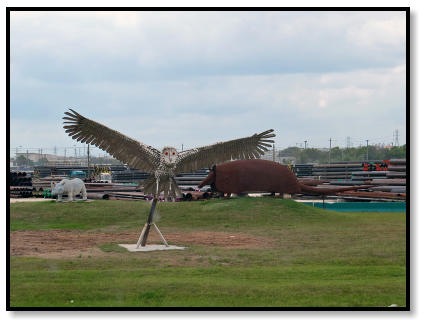
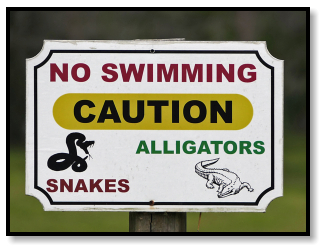
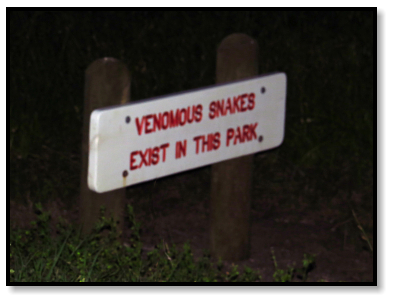
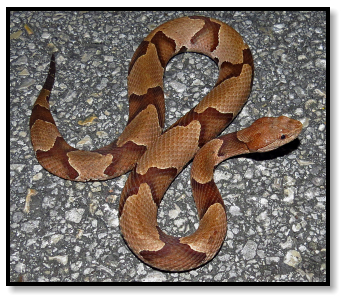
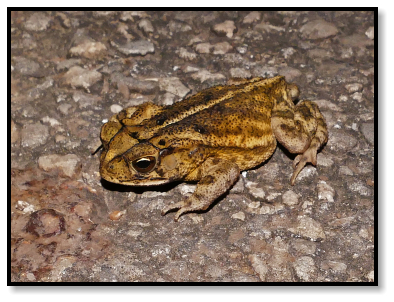
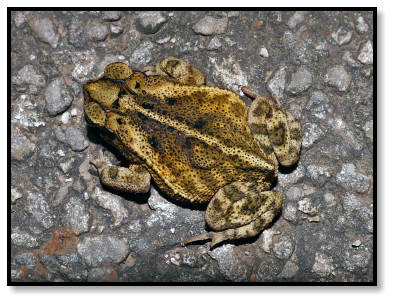

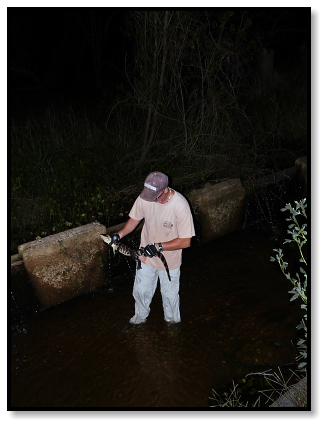
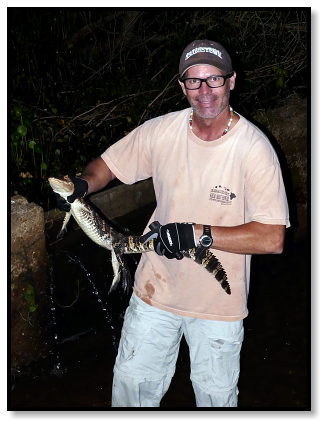
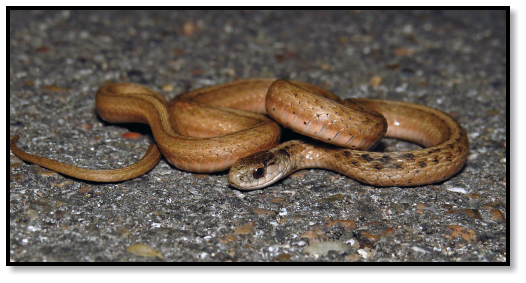

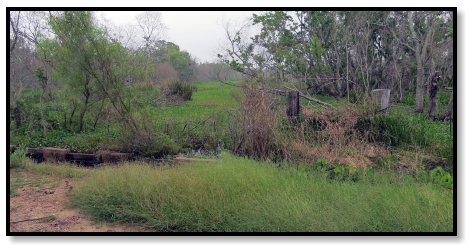

© Darin Germaine
© Darin Germaine


Gulf Coast Toad
Incilius nebulifer
American Alligator
Alligator mississippiensis
